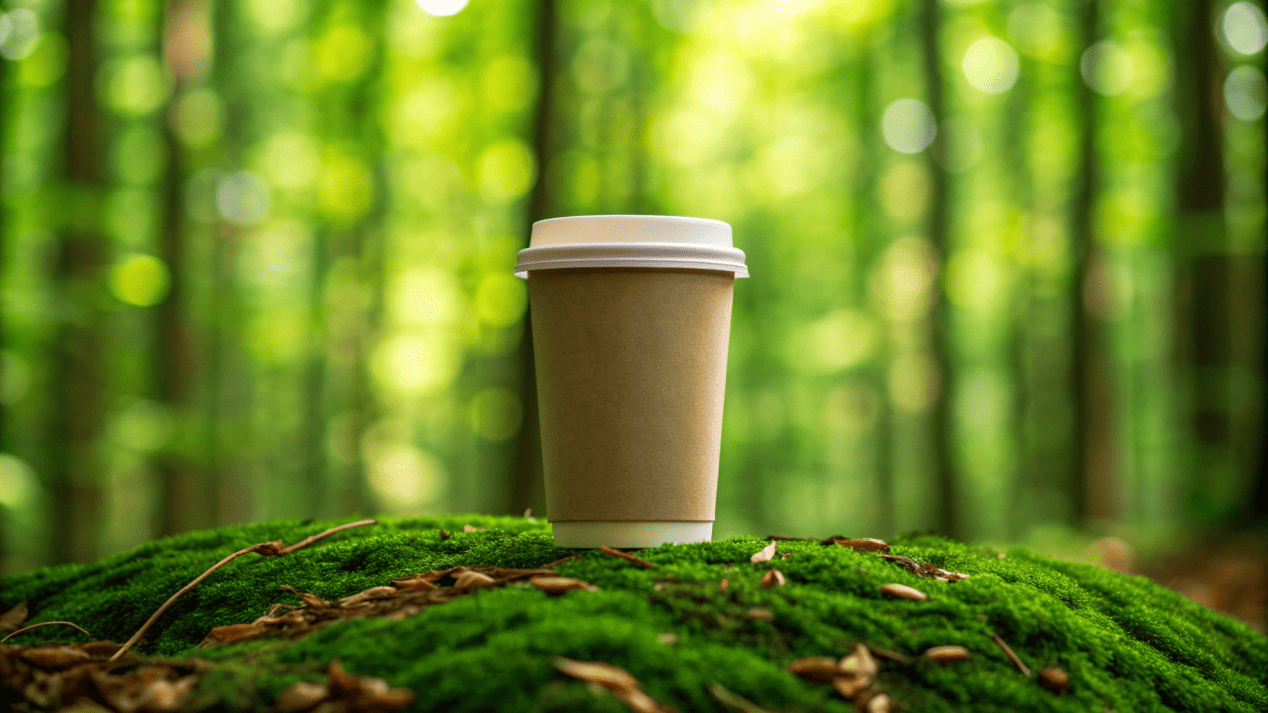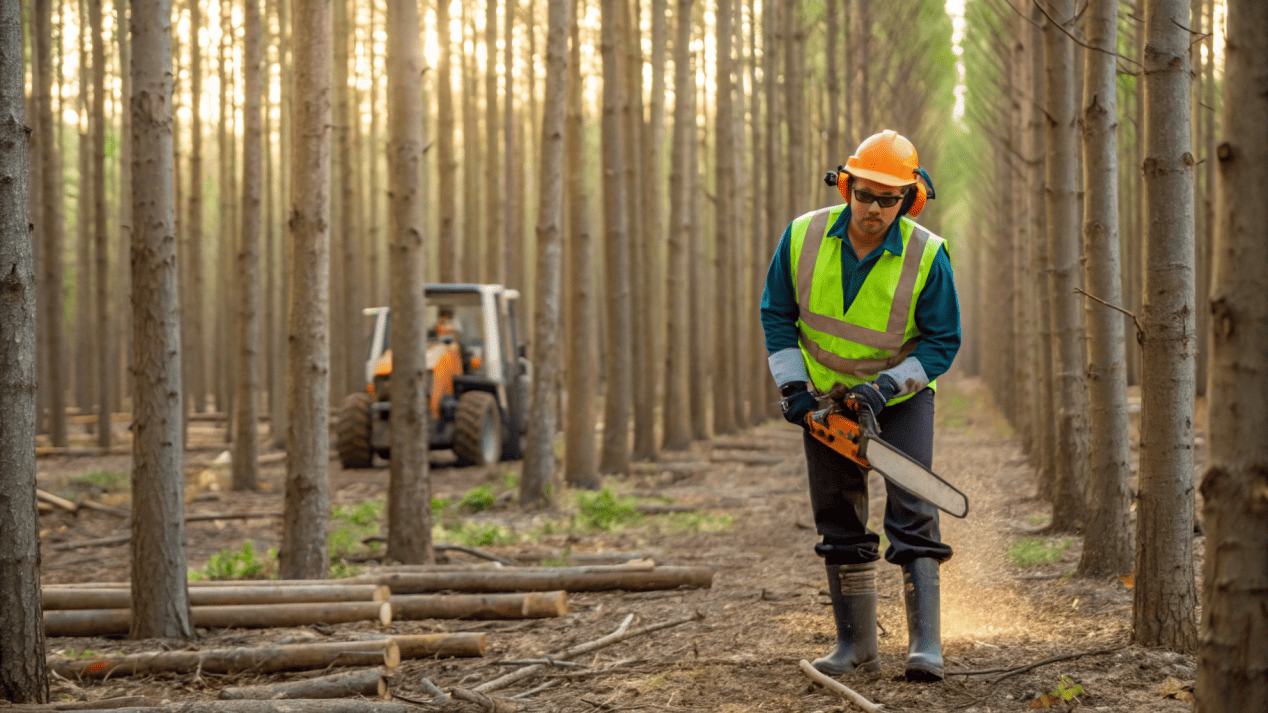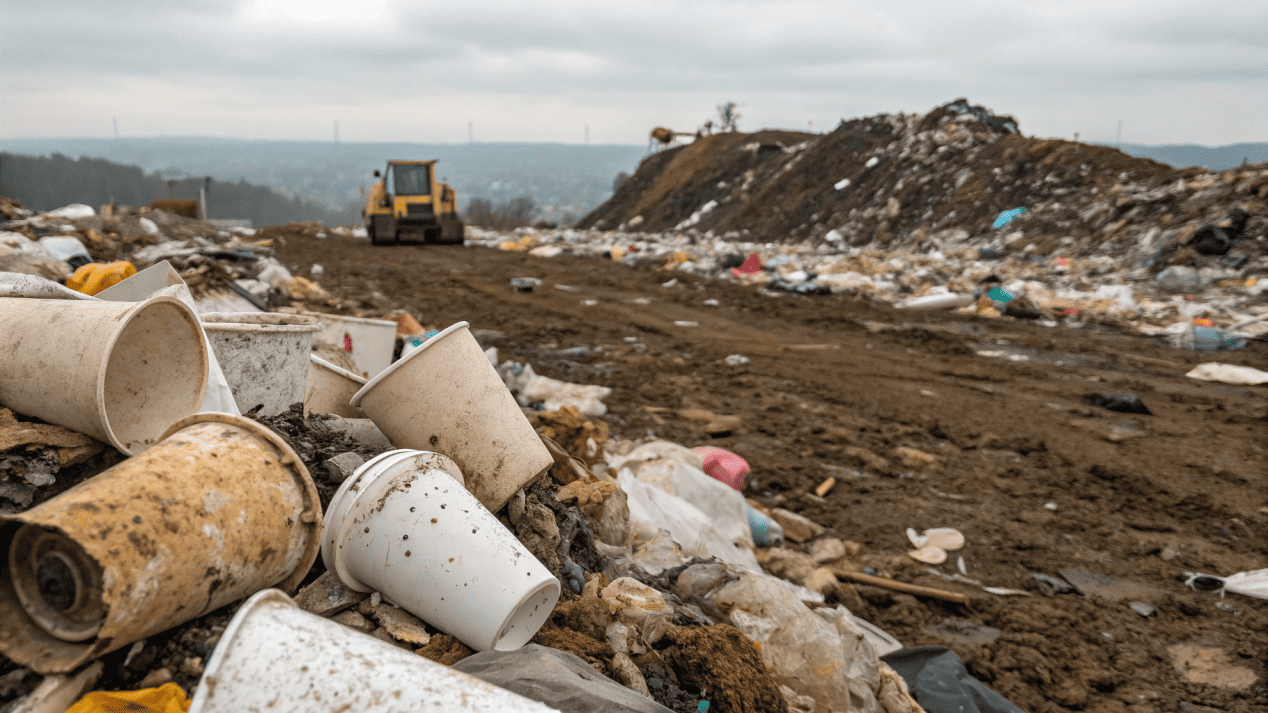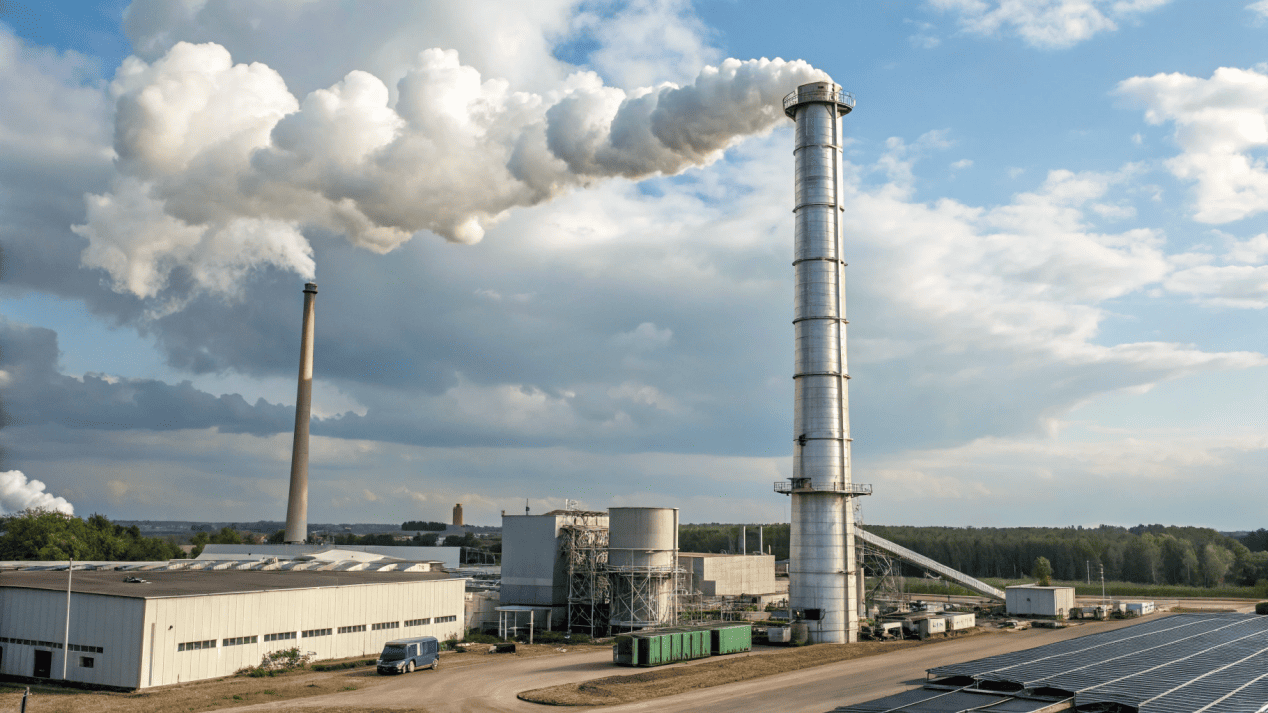You choose a paper cup, thinking you're making a green choice. But you hear conflicting stories about deforestation and waste, leaving you confused about the real environmental impact.
Paper cups are not inherently sustainable. Their environmental cost is high due to resource-intensive production and major recycling challenges. True sustainability depends on responsible sourcing and proper end-of-life management, which is unfortunately rare.

As someone who has been manufacturing paper cups for over 20 years, this is the question I get asked the most. And my answer often surprises people. I don't give a simple "yes" because that wouldn't be the truth. My job, as I see it, is not just to sell cups, but to be an honest partner to my clients and an educator in this industry. The reality is complex. A paper cup's journey from a tree in a forest to a bin is filled with environmental trade-offs. To truly understand it, we have to look at the entire story, not just the part that makes us feel good.
Where Do Paper Cup Materials Actually Come From?
You assume paper is a simple choice from a renewable source. But the need for new trees and a plastic liner makes the start of its life surprisingly complex and resource-intensive.
Most paper cups use virgin paperboard for safety and strength, not recycled fiber. The sustainability of this material depends on whether it comes from responsibly managed, certified forests like the FSC.

The journey starts in the forest. Because we're dealing with food and drinks, health and safety are my top priorities. That's why most paper cups, especially for hot liquids, must be made from virgin paperboard. Virgin fibers are longer and stronger, which creates a rigid cup that won't get soggy and collapse in your hand. Recycled fibers are shorter and can contain impurities, so they aren't suitable for this primary role. This means we are always relying on newly harvested trees. The key question then becomes: how are these trees harvested? As a responsible manufacturer, I insist on using paper from certified sources like the Forest Stewardship Council (FSC). This certification is your guarantee that the forest is managed in a way that protects biodiversity and supports local communities. Then there's the liner. Paper isn't waterproof, so we have to add a thin coating inside.
| Liner Type | Source | End-of-Life | Key Challenge |
|---|---|---|---|
| PE (Polyethylene) | Fossil Fuels | Landfill | Not renewable or biodegradable. |
| PLA (Polylactic Acid) | Plants (e.g., Corn) | Commercially Compostable | Requires industrial farming and special disposal. |
So, even at the very beginning, a paper cup is a composite product of forest resources and either fossil fuels or industrial agriculture. This is far from a simple, purely "natural" product.
What Happens to a Paper Cup After You Throw It Away?
You toss your cup in the recycling bin, expecting it to be reused. But its plastic or bioplastic liner creates a huge problem, meaning most paper cups aren't actually recycled.
The vast majority of paper cups end up in a landfill. The plastic liner is bonded to the paper, so standard recycling plants reject them. PLA-lined cups also require industrial composting facilities, which are very uncommon.

The single-use nature of a paper cup is its biggest environmental weakness. It is manufactured using a lot of energy and water, used for maybe 15 minutes, and then thrown away. This is where the real problem begins. You might throw it in the paper recycling bin, but the cup is an imposter. That thin plastic liner that keeps your coffee from leaking is tightly bonded to the paper fibers. A standard paper recycling mill can't separate them. The cup becomes a contaminant in the recycling stream. I've spoken to recycling plant managers, and they all say the same thing: it's easier and cheaper for them to sort out paper cups and send them to the landfill. Special facilities that can separate the layers do exist, but they are extremely rare. Even PLA-lined "compostable" cups have a problem. They only break down in an industrial composting facility with high heat and specific conditions. They will not decompose in your backyard compost pile. Since most cities don't have these facilities, these compostable cups also end up in the landfill. There, buried without oxygen, the paper decomposes and releases methane, a greenhouse gas far more potent than carbon dioxide.
What Is the True Carbon Footprint of a Single Paper Cup?
You want to choose the cup with the lowest carbon impact. But a paper cup's footprint is surprisingly high, mostly due to the intense energy required for its manufacturing process.
A single paper cup has a significant carbon footprint from manufacturing, transport, and disposal. While it may be preferable to other disposables in some cases, it is much higher than a reusable cup used multiple times.

A product's carbon footprint is the total amount of greenhouse gases released during its entire life. For a paper cup, the manufacturing stage is the most significant contributor. The process of turning wood chips into pulp, then pressing it into paperboard, is extremely energy- and water-intensive. In fact, some studies show that producing a single paper cup generates more carbon emissions than producing a single polystyrene (Styrofoam) cup. Where paper cups can have an advantage is at the end of their life, if they are properly composted. This prevents the release of methane in a landfill. However, as we just discussed, this rarely happens. We also have to consider transportation. Paper cups are light, but they are bulky. Transporting thousands of them from my factory to a client across the country consumes a lot of fuel, adding to their overall footprint. The most important comparison, however, is to a reusable cup. No matter how you look at it, the carbon footprint of one single-use paper cup is dramatically higher than one use of a reusable cup that has been used hundreds of times.
If Not Paper Cups, Then What Is the Best Alternative?
Now you're confused about what cup to use. If all single-use options have problems, what is the truly sustainable choice? The answer is found in the reusability hierarchy.
The most sustainable alternative is a reusable cup made from ceramic, glass, or steel. After just 20 to 100 uses, its total environmental impact becomes lower than all the single-use cups it has replaced.

This is the part where I have to be completely honest, even as a paper cup manufacturer. True sustainability is not about finding a "perfect" disposable cup. It's about moving away from a disposable mindset altogether. The hierarchy is clear: reusable is best. A ceramic mug or a stainless steel travel cup has a much higher manufacturing footprint initially. But that impact gets divided by every use. Studies show that you only need to use a ceramic mug about 20-30 times for it to become more environmentally friendly than using a paper cup every time. For a steel travel mug, that break-even point might be around 100 uses. After that, every single use is a massive environmental win. What about other single-use options? Styrofoam comes from fossil fuels and breaks into harmful microplastics. PET plastic cups are also from fossil fuels and actual recycling rates are very low. Paper cups, when sourced from FSC-certified forests and lined with PLA, are often the "less bad" single-use option. My goal as a manufacturer is to make this "less bad" option as responsible as possible. But I will always tell my clients the truth: encouraging customers to bring their own cups is the best solution for the planet.
Conclusion
Paper cups are a complex, "less bad" disposable option, not a truly sustainable one. The most meaningful change comes not from a better disposable cup, but from switching to a reusable model.
